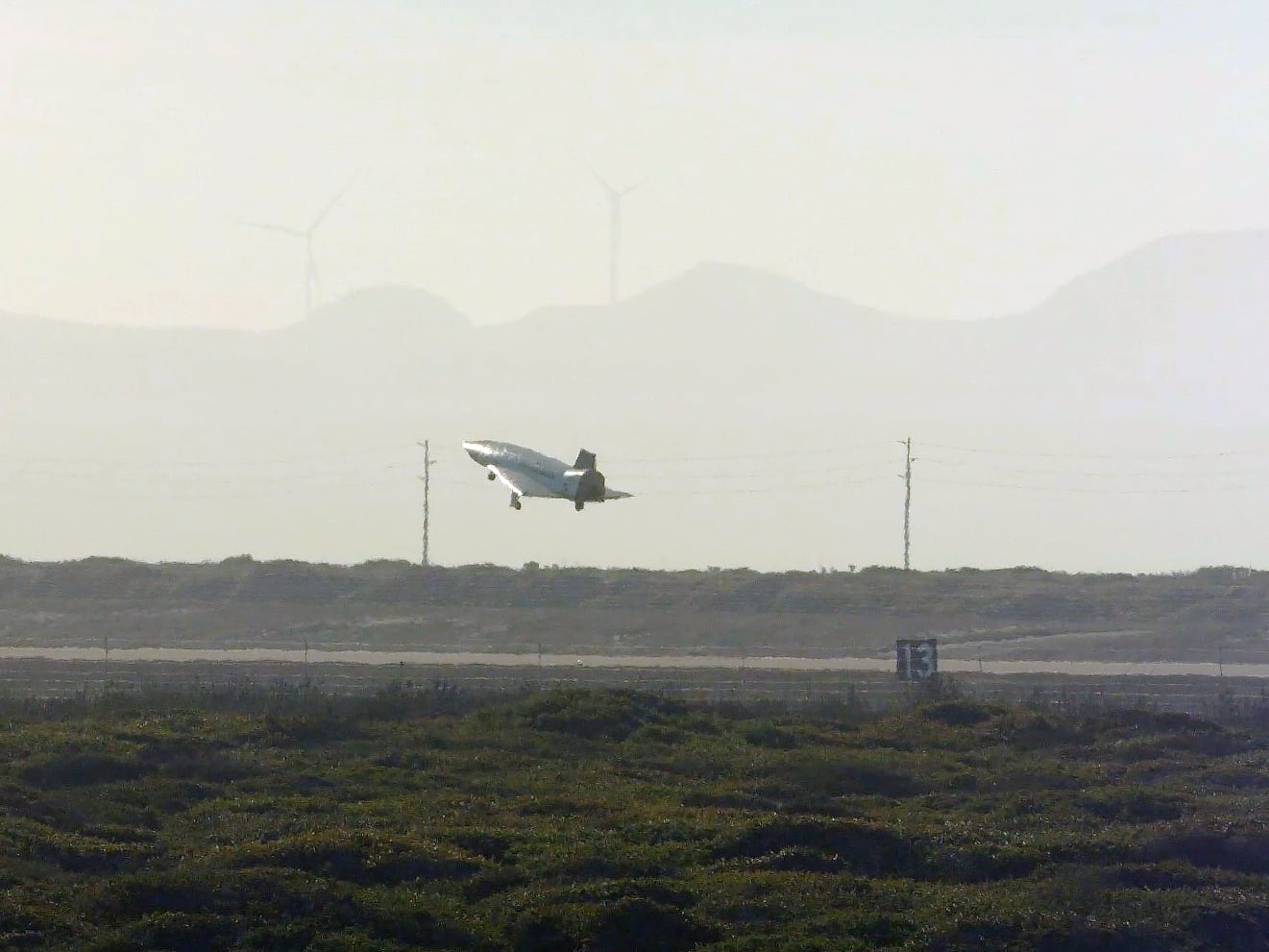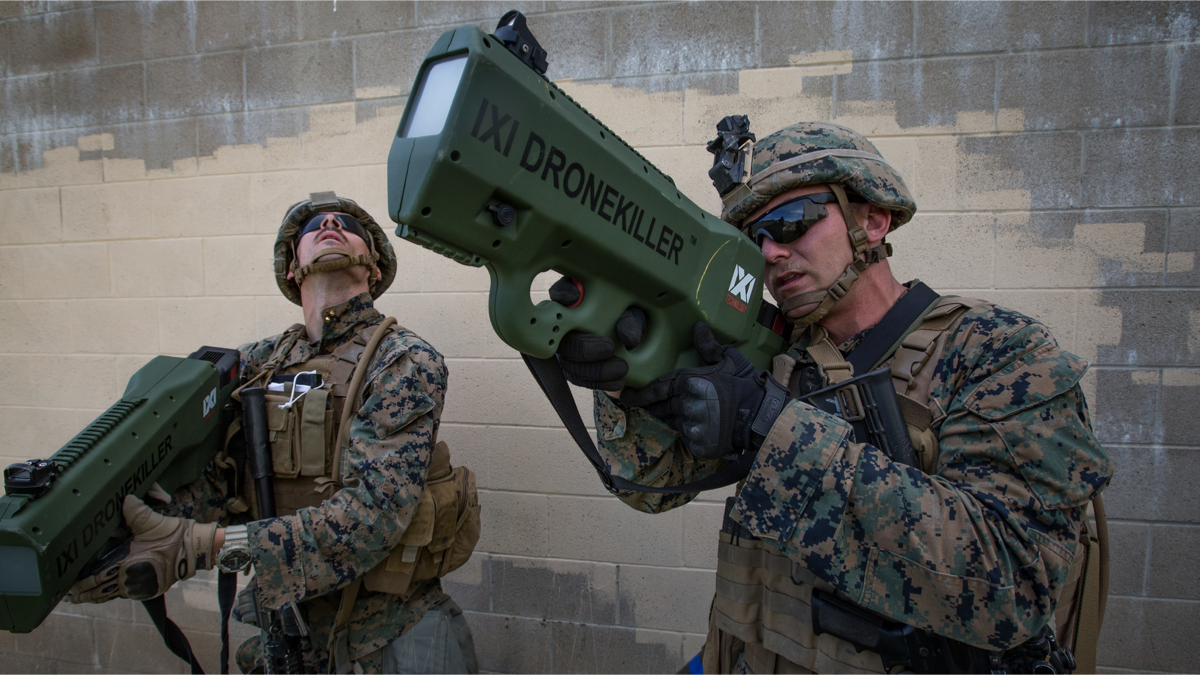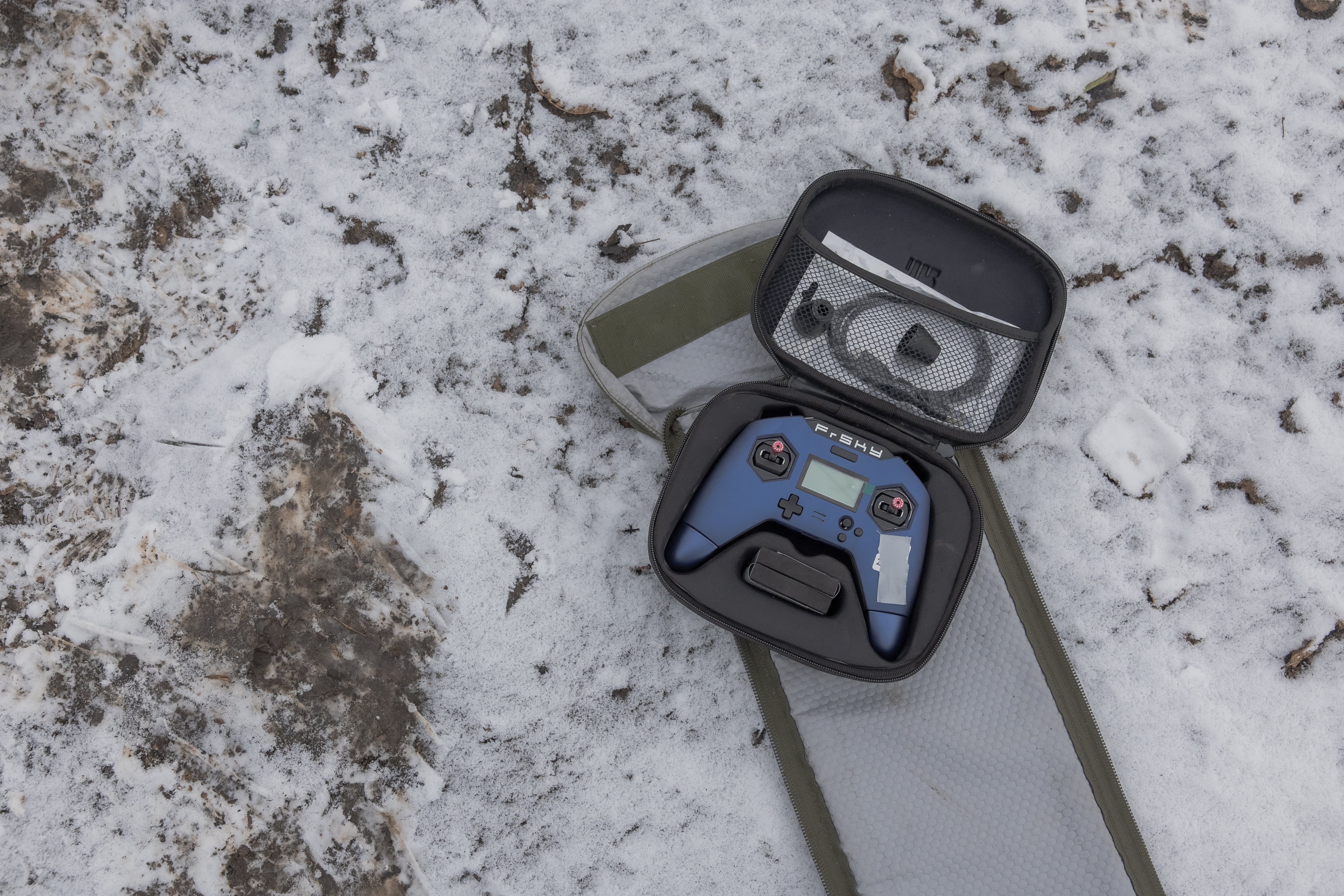If the Army wants to be successful in future conflicts, its senior leaders believe they will have to make decisions faster.
To help do that, the Army is trying to avoid the problems that have plagued the service in the last few years, including interoperability between IT, mission command systems and sensors.
The concept called asymmetric vision/decide faster, or AVDF, is a philosophy of integrating systems at low technology readiness levels (TRL) as opposed to later in development, officials told C4ISRNET during a visit to the Army Communications-Electronics Research, Development and Engineering Center (CERDEC) Night Vision and Electronic Sensors Directorate at their Fort Belvoir facility.
The Army has made it a top priority to avoid developing stovepiped systems and ensuring solutions are networked together. One effort to avoid these problems seeks to integrate projects from various Army research labs early in the process prior to transitioning the technology to program offices.
During the most recent conflicts, the Army was trying to push out technologies to meet soldiers’ critical needs; however, these systems, while performing their tasks as designed, were developed without consideration of other systems. This led to significant interoperability challenges.
According to a slide presented during C4ISRNET’s visit, AVDF is defined as “concepts for enhancing and integrating sensing, processing, display and cognitive improvement technologies to provide disaggregated mounted and dismounted small units/teams leveraging manned and unmanned platforms with the ability to act autonomously, outmaneuver and out-think the enemy in close combat with limited and intermittent communications.”
The asymmetric vision part of the plan enhances observation and maneuverability by providing situational awareness while the decide faster portion leverages sensors in the field to make soldiers respond and react faster than their adversaries.
“Rather than getting to a TRL 6 and say, ‘Hey, we need to be working together,’ start that interoperability integration at a lower TRL so everyone can maximize resources and capability to deliver something bigger than the individual pieces,” Rich Nabors, associate director for strategic planning CERDEC Night Vision, told C4ISRNET.
Bert Davis of the Army Corps of Engineers, said that AVDF seeks to reduce the cognitive burden on soldiers at the tactical edge by developing and linking technologies together that provide exactly what a solider needs at a particular time and operation enabling greater distributed operations.
This integration of systems and programs has become a major push for Army leaders, including include the chief of staff, as a way to avoid stovepiping. That emphasis has led to similar initiatives, such as the common operating environment — a set of computing technologies and standards to enable a variety of communications capabilities with common baselines — and the command post computing environment (CP CE) beneath it.
[Army looks to streamline command post tech]
The CP CE effort seeks to consolidate current mission systems and programs into a single user interface, breaking down stovepipes within a command post and allowing commanders at various points — even from a mounted system in a fielded vehicle — to see the same map, features and uploads.
[A new network approach is changing how the Army does business]
The difficulty with post hoc initiatives like this, however, is that each individual program of record that is making the initial migration to CP CE — which includes Tactical Ground Reporting System (TIGR), Global Command and Control System-Army (GCCS-A), Command Web and Command Post of the Future (CPOF) — will have to reevaluate their requirements to plug into the common backbone for the program.
Further complicating matters, each of these programs — and some upcoming programs — will have to adjust some of those requirements, timelines, schedules and plans to fit into the CP CE architecture, officials said.
Officials explained that AVDF is not only an Army effort, but also includes work done in conjunction with the Defense Advanced Research Projects Agency and the Office of Naval Research. At last count, Nabors said there are 130 programs fall under the AVDF umbrella.
The Army believes that future operating environments and future threats will be incredibly complex and the decision cycle will be incredibly shortened. In order to provide soldiers on the ground all the data they might need to make these decisions faster than adversaries, networked sensors and technologies will be a bedrock.
Upcoming papers from the Army Capabilities Integration Center, or ARCIC, Davis said, speak to the notion that all operators of platforms and weapon systems share the same common situational awareness that can collaborate and learn in real time.
This is the first of two stories exploring a new Army development strategy called asymmetric vision/decide faster. For further coverage, visit “The Army helmet of the 2030s will have everything.”
Mark Pomerleau is a reporter for C4ISRNET, covering information warfare and cyberspace.








